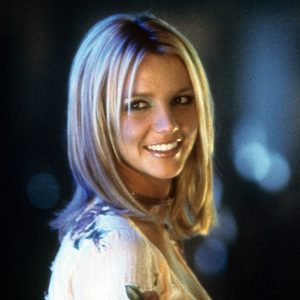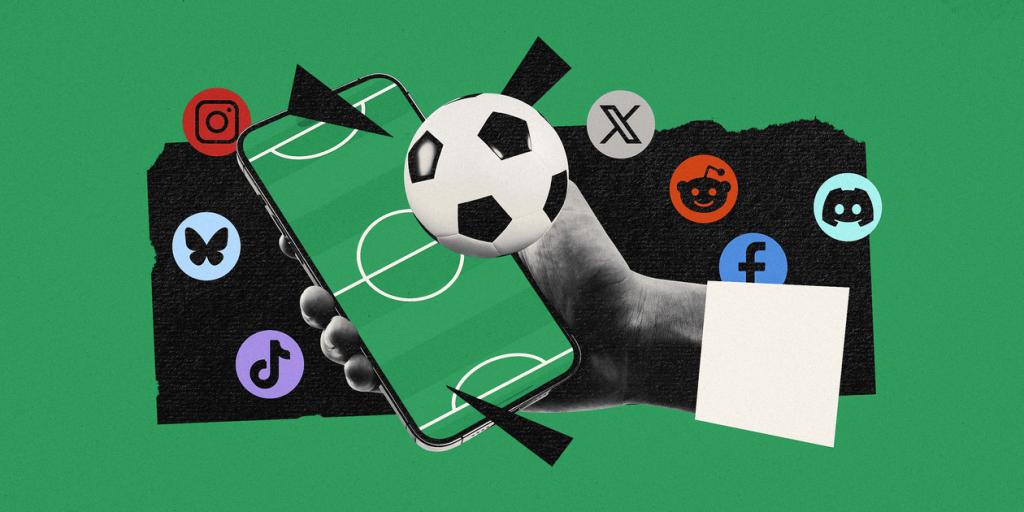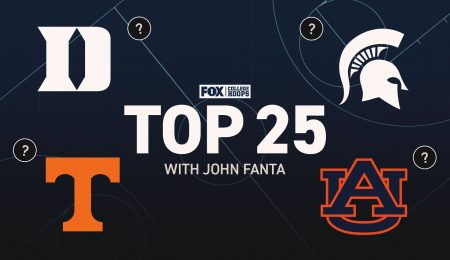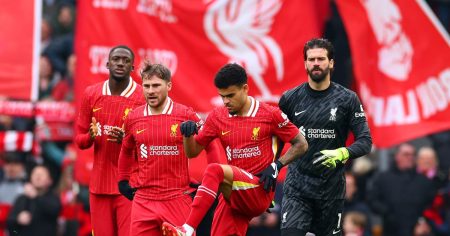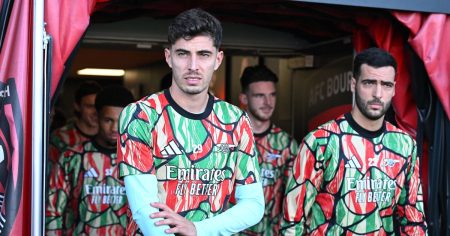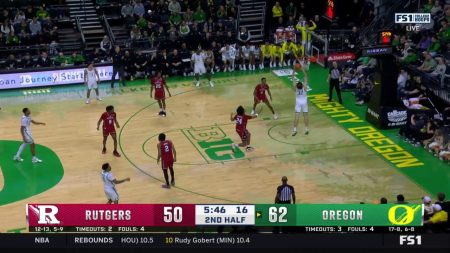The Evolution of Social Media in Football: From X to Visual Platforms and Beyond
The Decline of X Among Footballers
In recent years, platforms like X (formerly Twitter) have seen a significant decline in activity from top footballers. Erling Haaland, Jude Bellingham, Kylian Mbappe, and Mohamed Salah are among those who have drastically reduced their engagement on X. This shift marks a departure from the early 2010s when players like Wayne Rooney used the platform to interact with fans. The decline is attributed to the increasingly toxic environment on X, filled with negativity and polarizing discussions, which has made it less appealing for players seeking to manage their personal brands.
The Rise of Instagram as the New Hub
As X’s popularity wanes, Instagram has emerged as the preferred platform for footballers. Its visual-centric approach aligns well with the personal branding strategies of players, allowing them to showcase their lifestyles and partnerships effectively. Players like Cristiano Ronaldo and Lionel Messi, who avoid X, find Instagram’s controlled environment ideal for projecting a curated image. The platform’s emphasis on aesthetics resonates with younger generations, making it a hub for footballers to connect with fans through photos and stories.
Why Clubs Still Rely on X
Despite the decline in player activity, clubs continue to use X as their primary platform for disseminating news and updates. X’s real-time updates and link-sharing capabilities make it indispensable for breaking news and official statements. Clubs have adapted by maintaining active accounts on emerging platforms like Bluesky and Threads, but X remains central to their strategy. Its role as a news feed is unrivaled, even as other platforms like Instagram struggle with link sharing and information dissemination.
The Emergence of New Platforms
The acquisition of X by Elon Musk has spurred the creation of alternative platforms like Bluesky and Threads. Bluesky, once a Twitter project, now operates independently and has attracted some users disillusioned with X. However, these platforms have yet to make a significant impact on the football community. While clubs have explored these alternatives, they are not seen as game-changers. The fragmented nature of social media means that users are dispersed across multiple platforms, making it challenging for any single platform to dominate.
Political Controversies and Club Responses
Musk’s influence has led to political controversies, with clubs like St Pauli and Werder Bremen opting to leave X. These clubs cite concerns over the platform’s role in spreading hate speech and political manipulation. However, a mass exodus of clubs from X seems unlikely due to the diversity of fan views. Clubs are cautious about alienating portions of their fanbase that align with X’s current stance. The political landscape in Germany, where clubs like St Pauli have a strong identity, contrasts with the broader football world, where clubs are more reticent to take political stands.
The Future of Social Media in Football
Looking ahead, football’s social media landscape is poised for transformation. While X and Instagram remain dominant, clubs are exploring direct-to-fan approaches through apps and WhatsApp channels. These strategies allow clubs to gather fan data and tailor content, enhancing engagement and monetization. The future may also see increased activity on community-focused platforms like Reddit and Discord. As social media continues to evolve, footballers and clubs will adapt to new platforms, ensuring they remain connected to their global fanbases while navigating the challenges of an ever-changing digital world.


